Fred Hutchinson
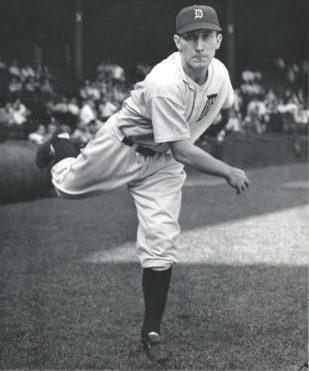
| Birthdate | 8/12/1919 |
| Death Date | 11/12/1964 |
| Debut Year | 1939 |
| Year of Induction | |
| Teams | Cardinals, Reds, Tigers |
| Positions | Manager, Pitcher |
The Hutch Award was created in ’65 in honor of Fred Hutchinson, the courageous & inspirational player & manager who died of cancer at age 45 in ’64.
Leave a commentIn the collection:
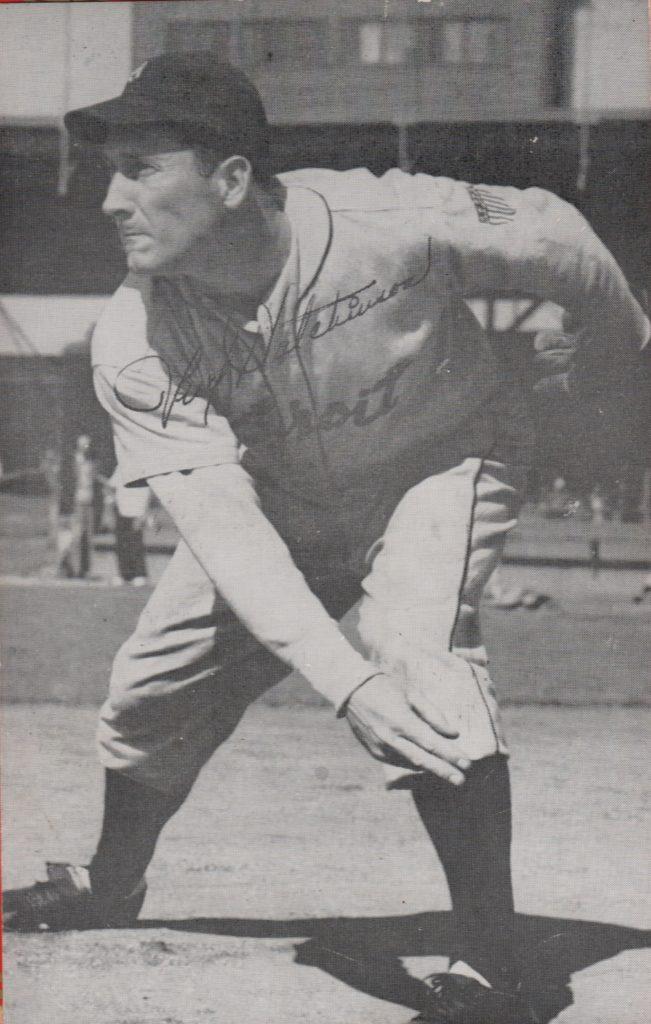
Fred Hutchinson was the Minor League Player of the Year before his 10-year big league career that included an all star appearance
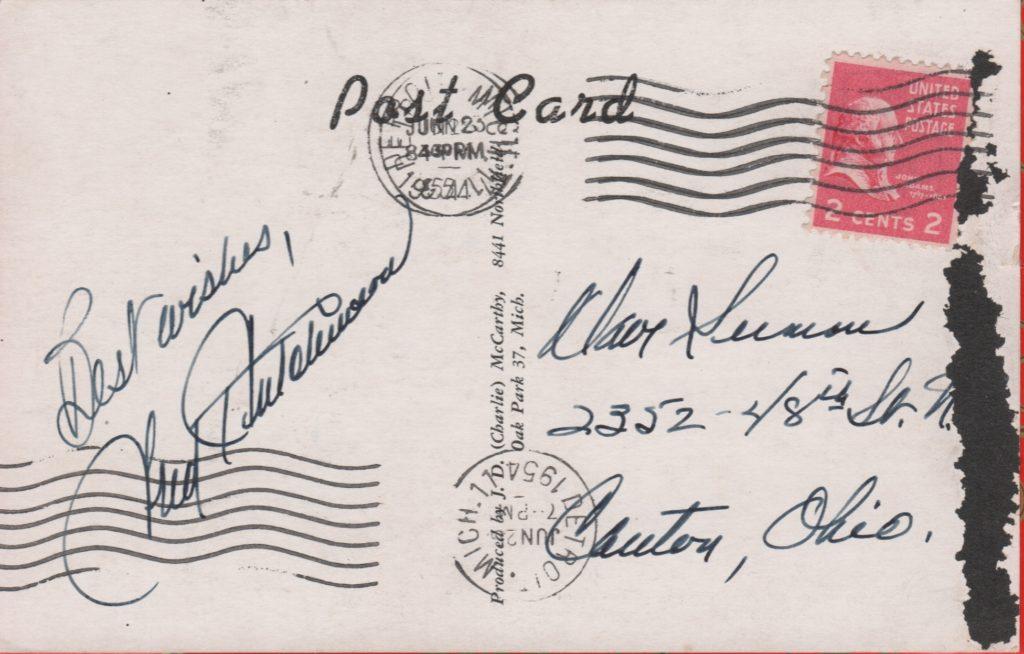
The Fred Hutchinson Cancer Research Center in Seattle is one of the leading cancer research facilities in America
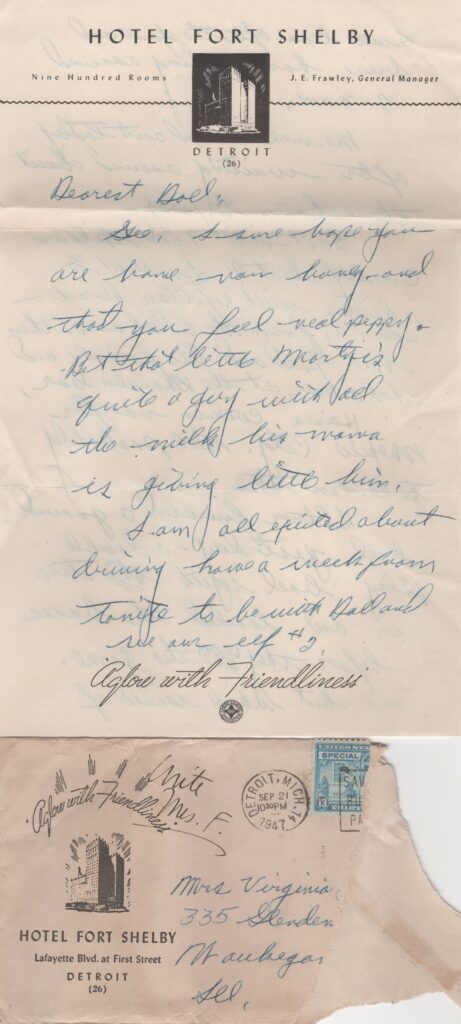
Fred Hutchinson out-dueled Cooperstown's Bob Feller twice in a 9-day span at the end of the '47 season
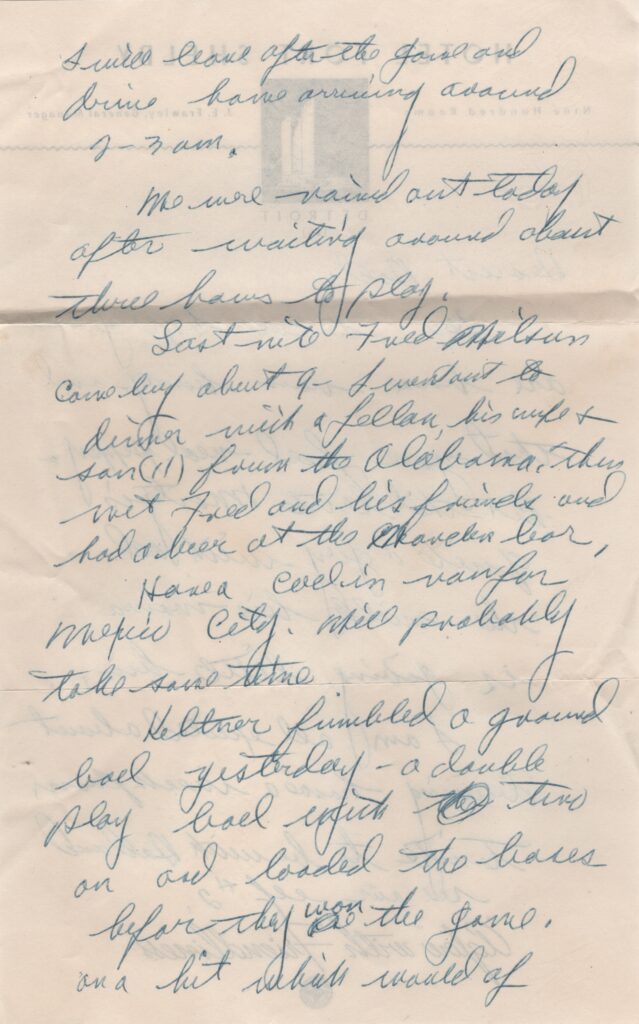
On September 20th, 1947, Hall of Famer Bob Feller intentionally walked pitcher Hutchinson
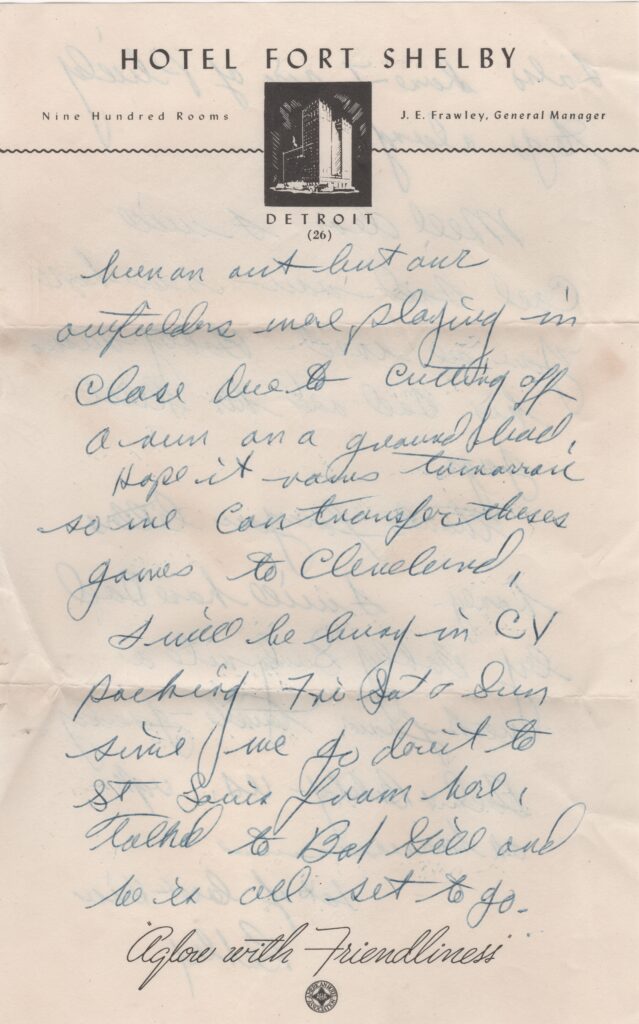
The Tigers and Hutchinson bested Feller and the Indians in walk-off fashion
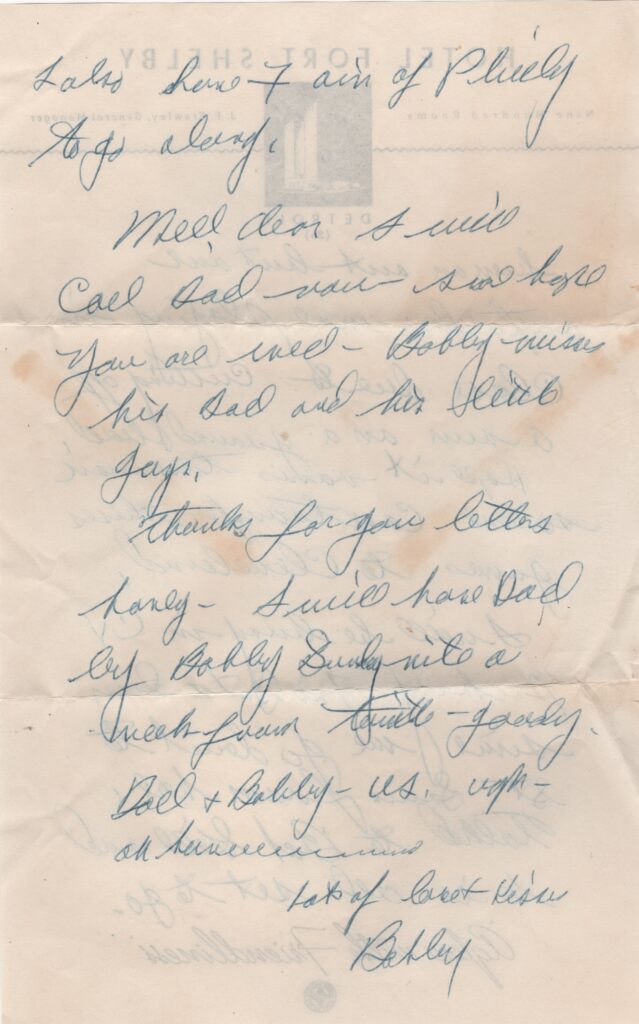
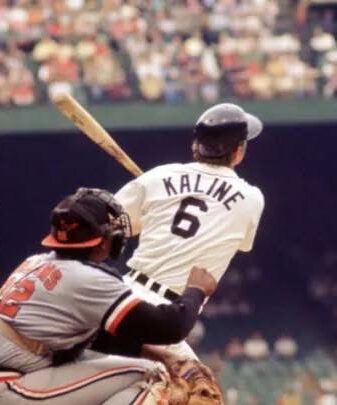
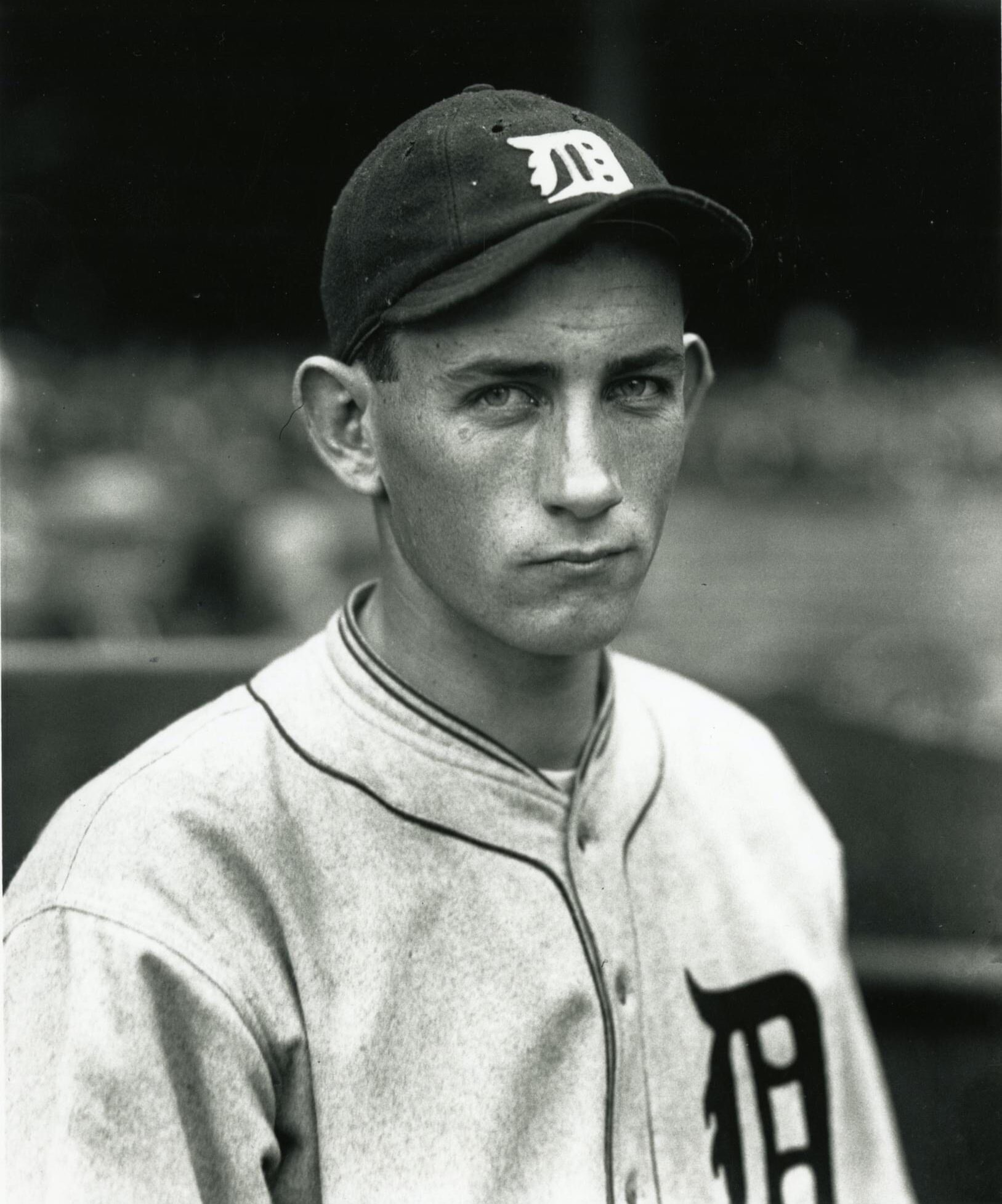
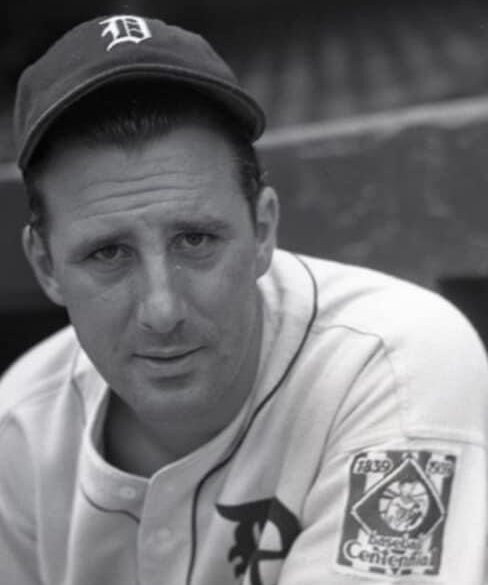
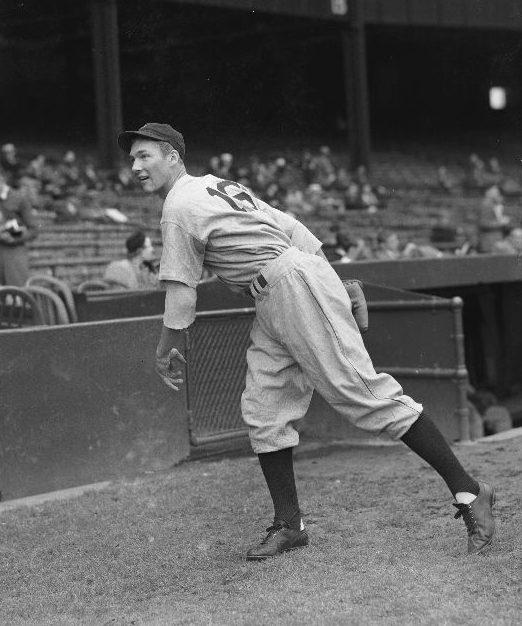
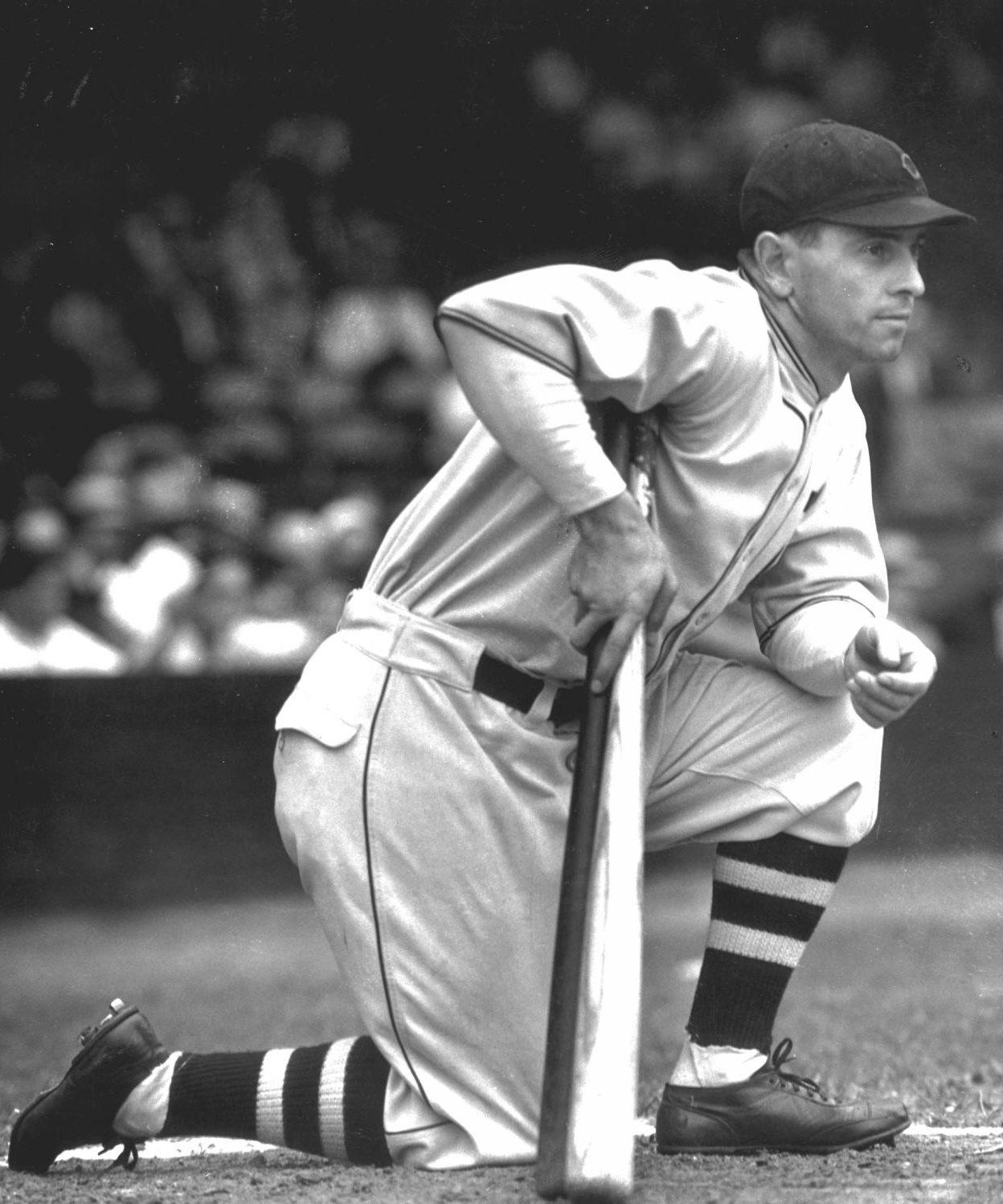
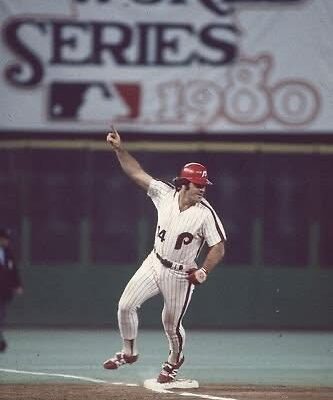
I remember when Freddy Hutchinson was pitching for Detroit tigers